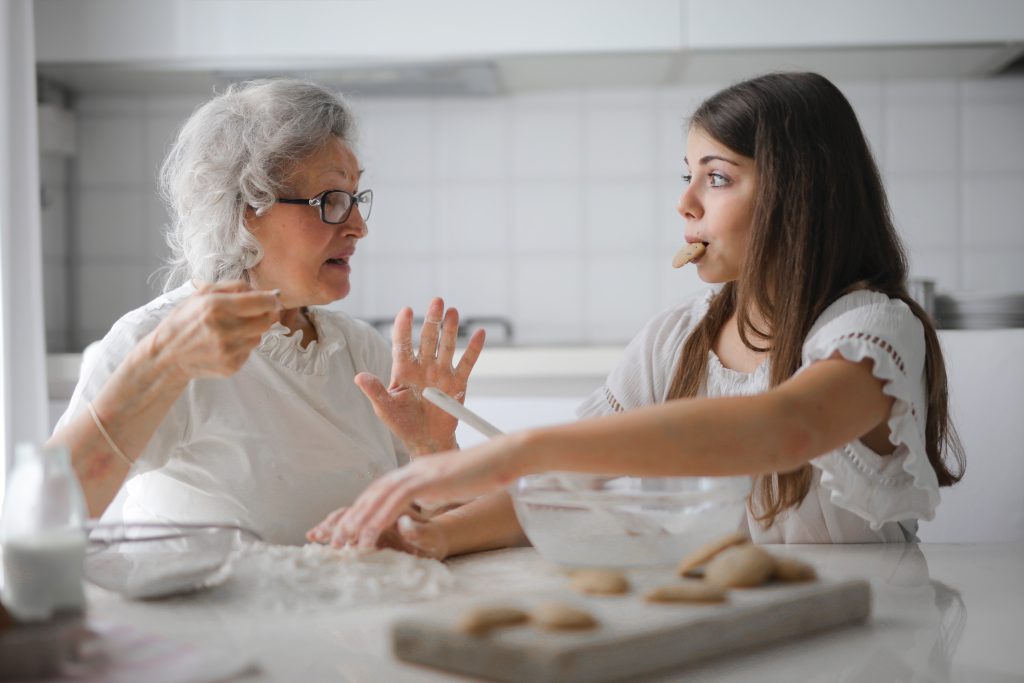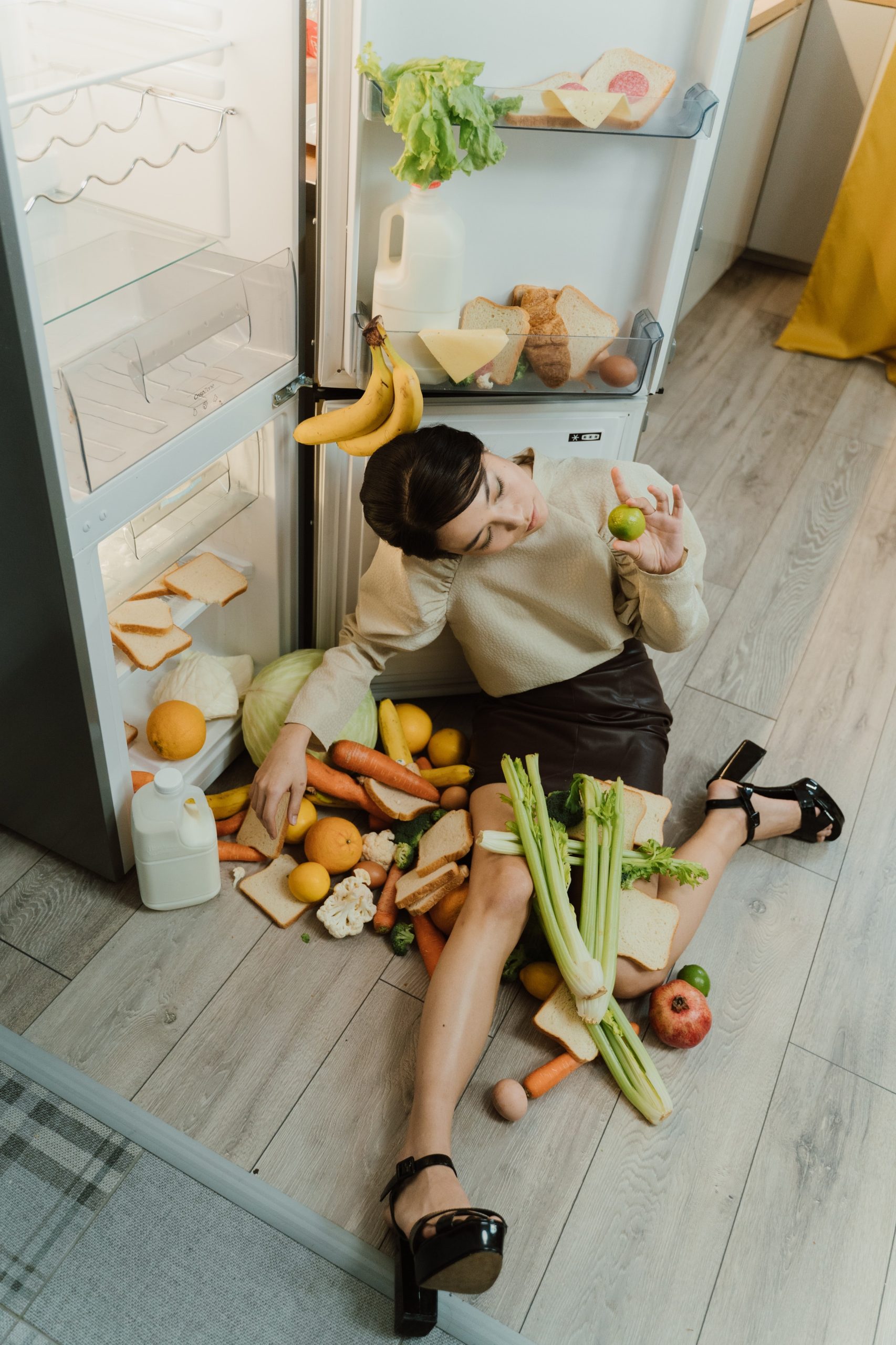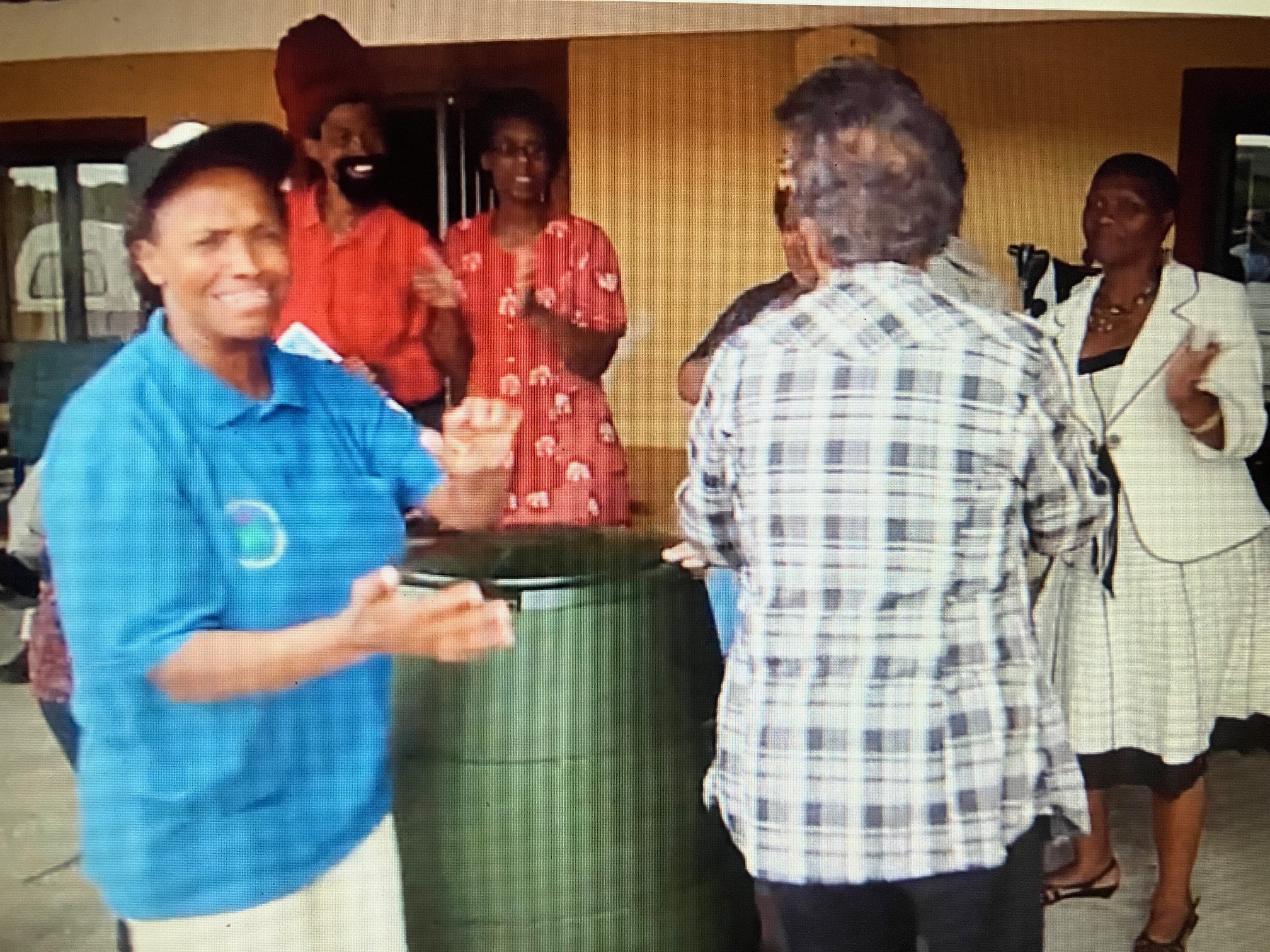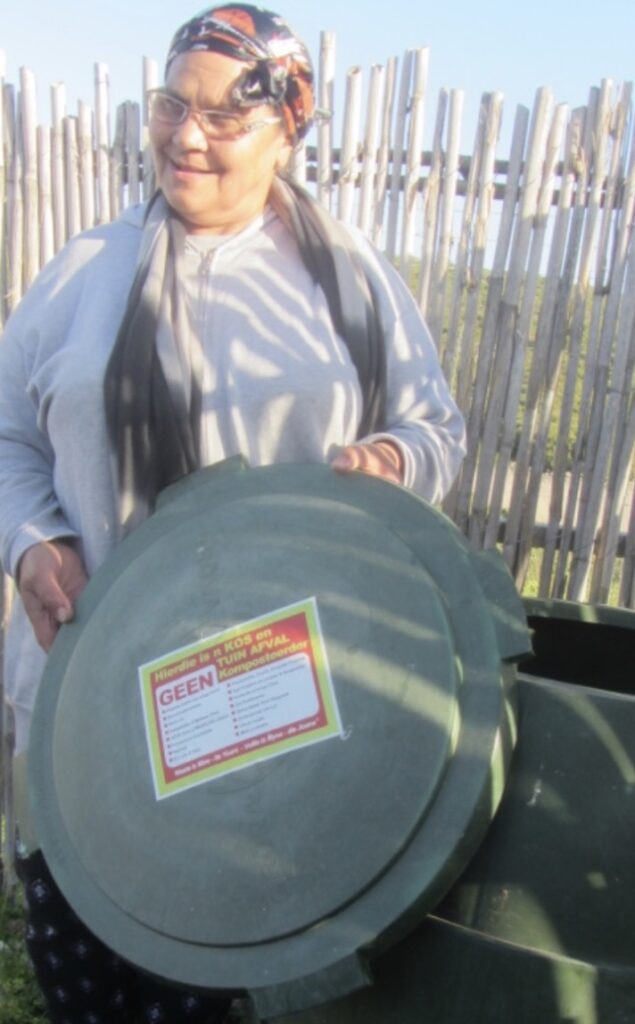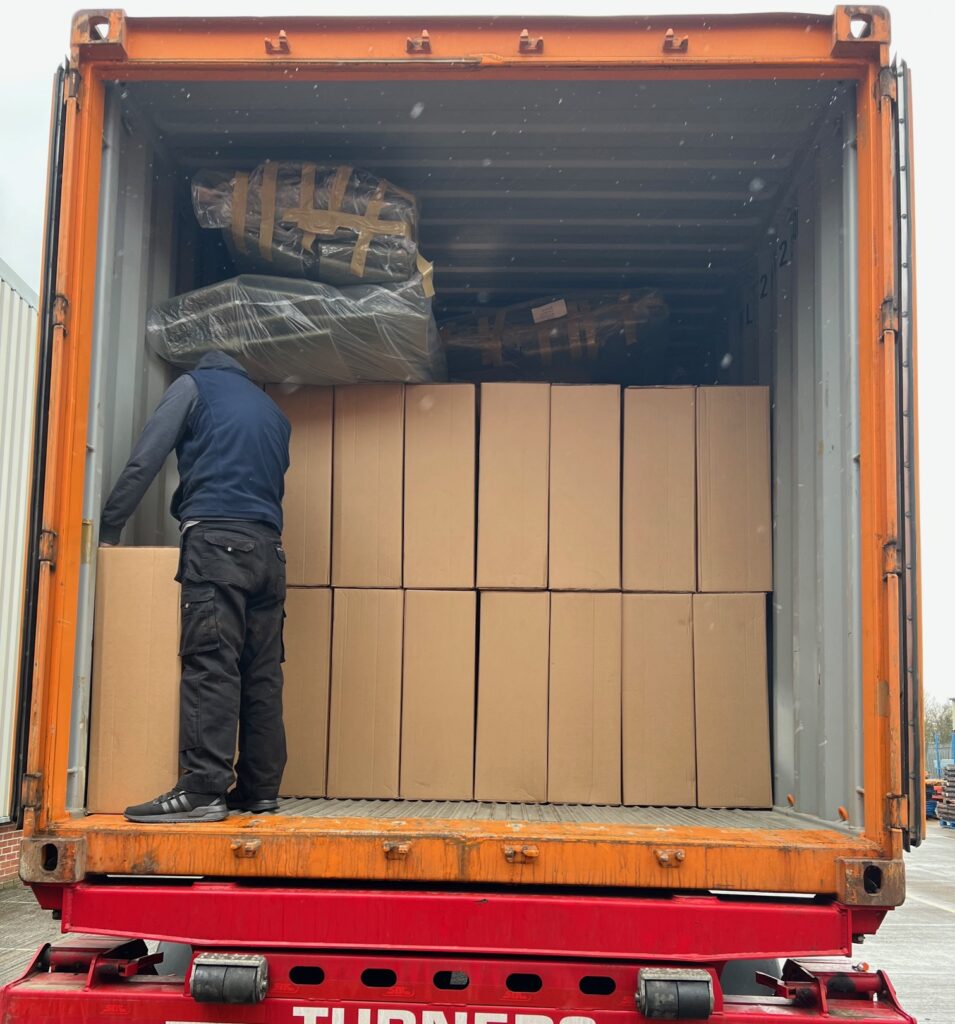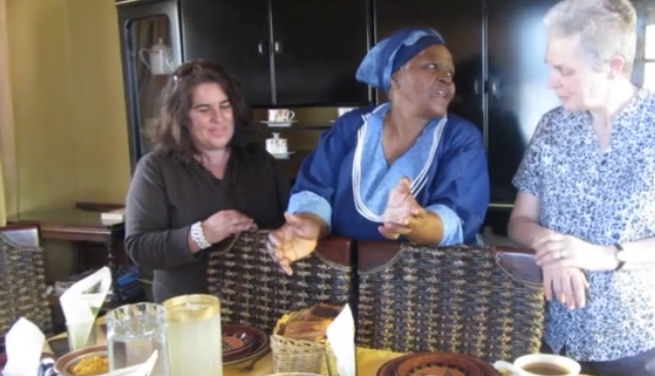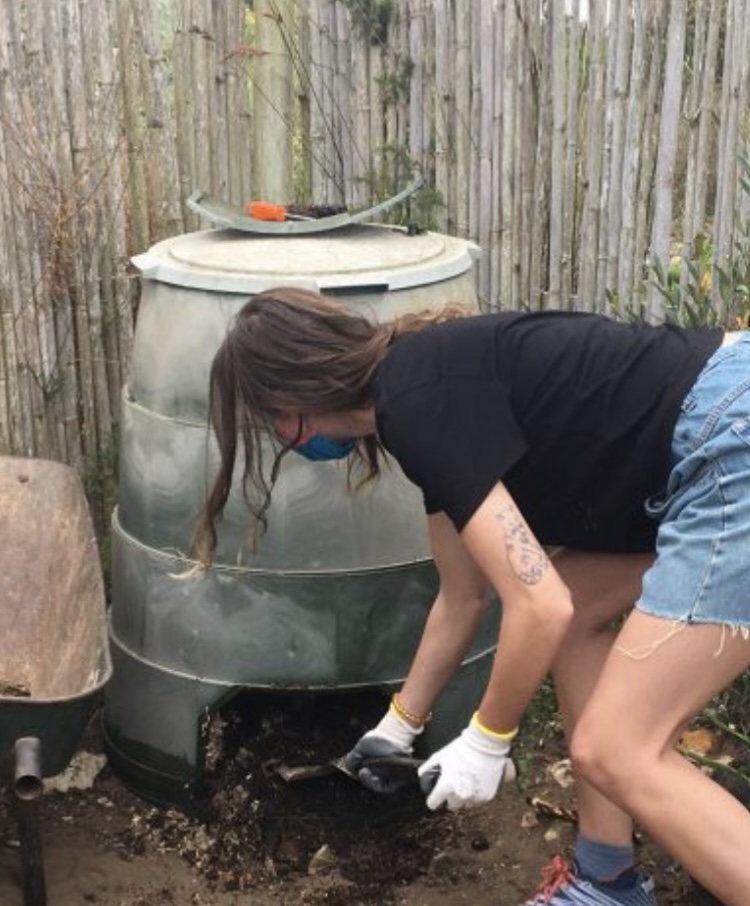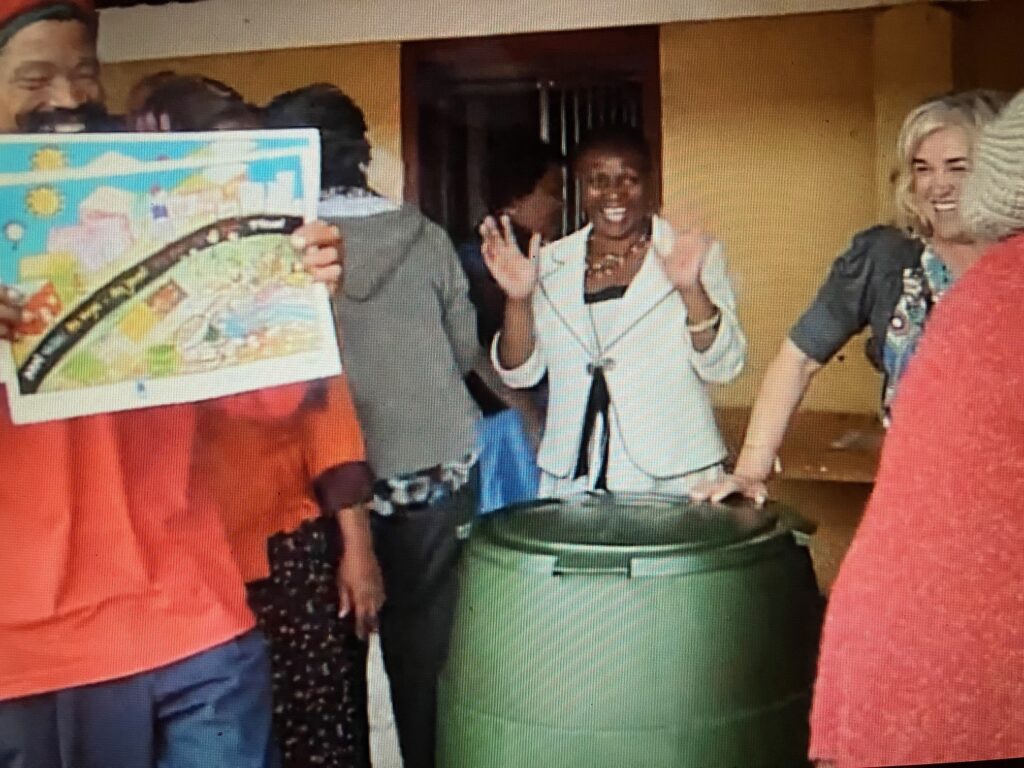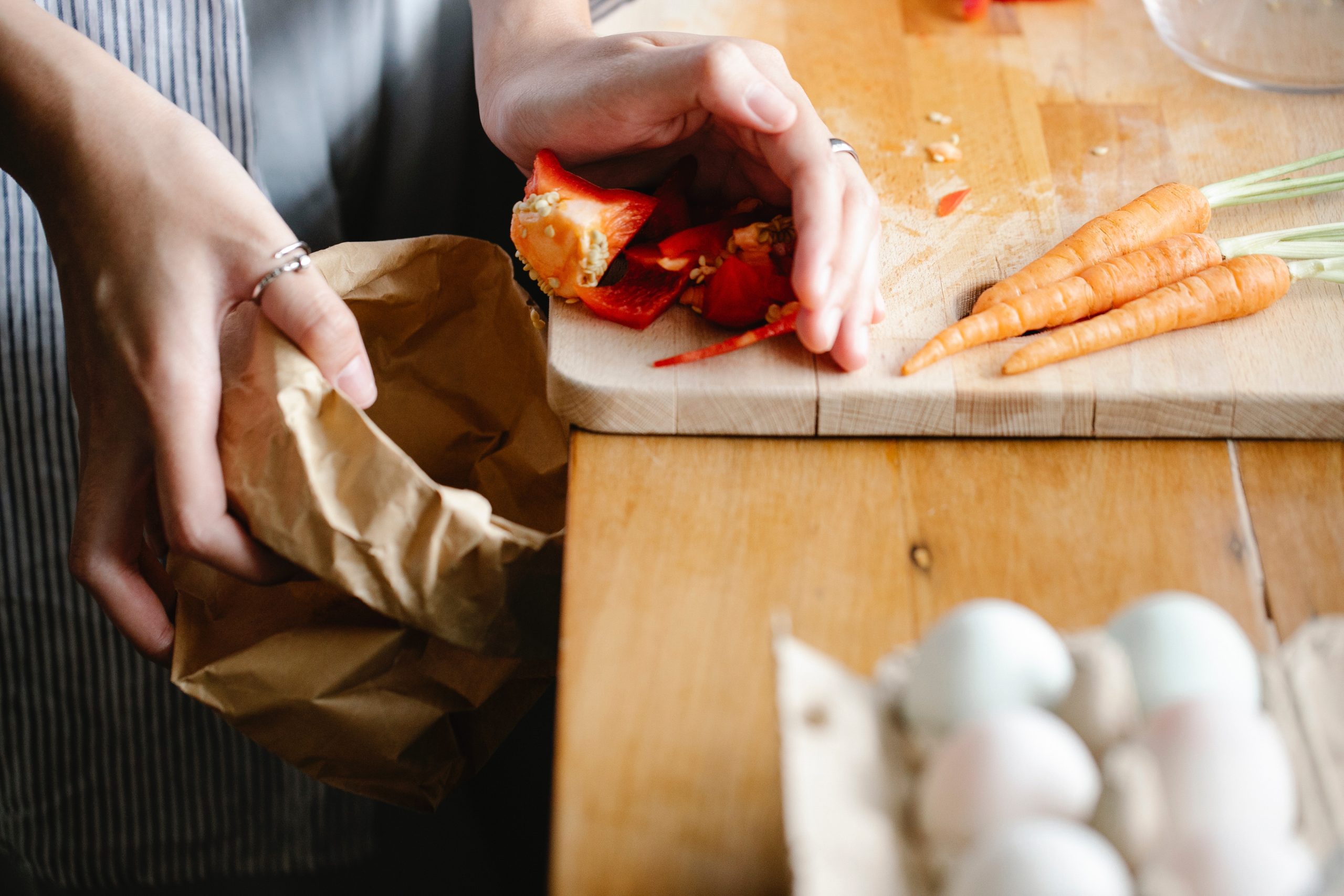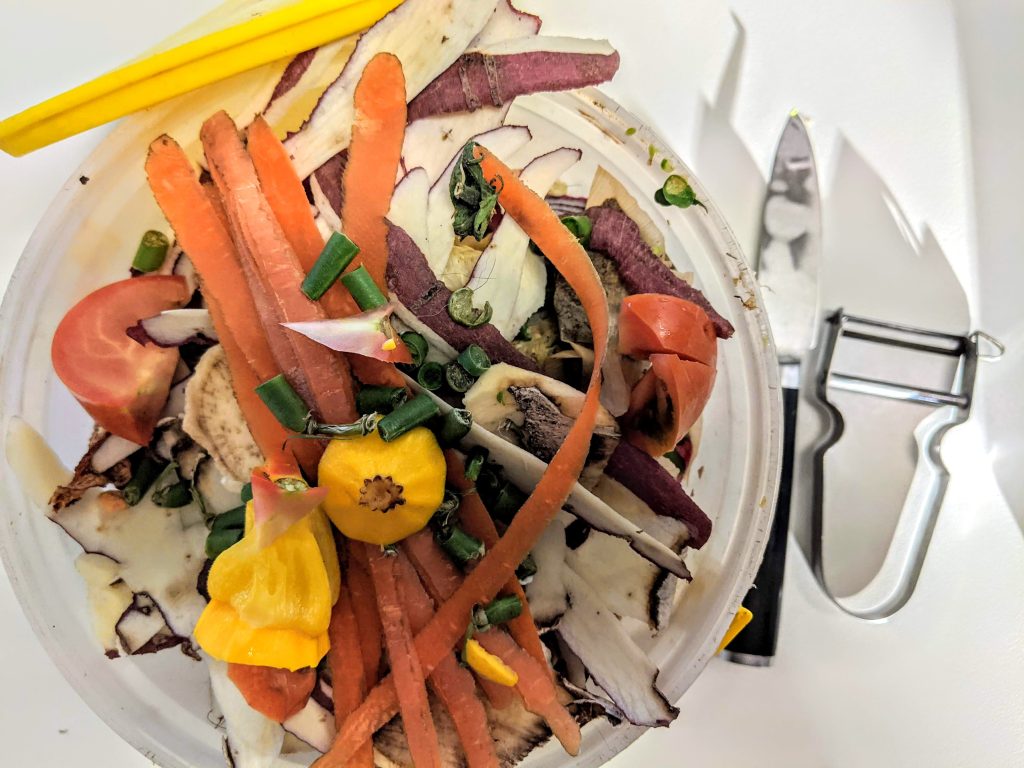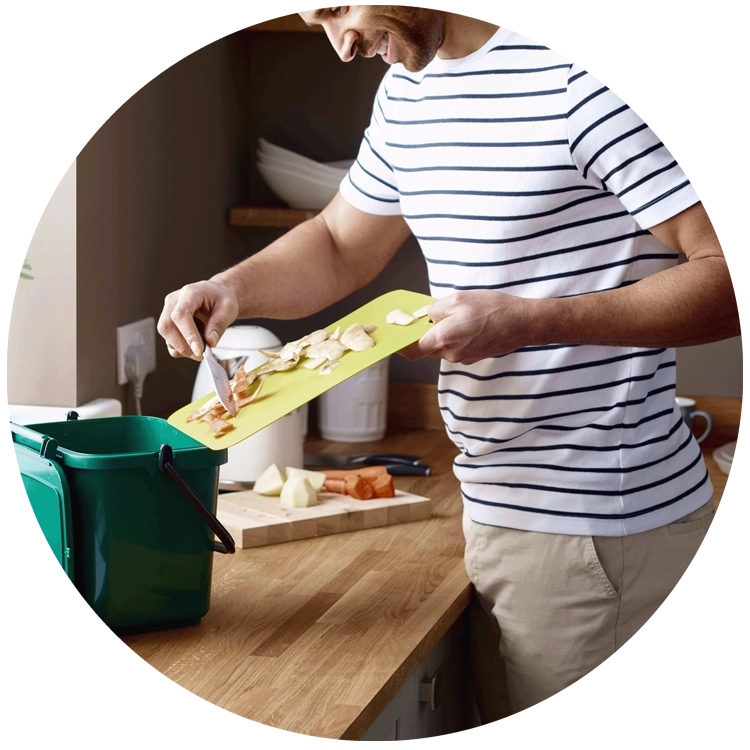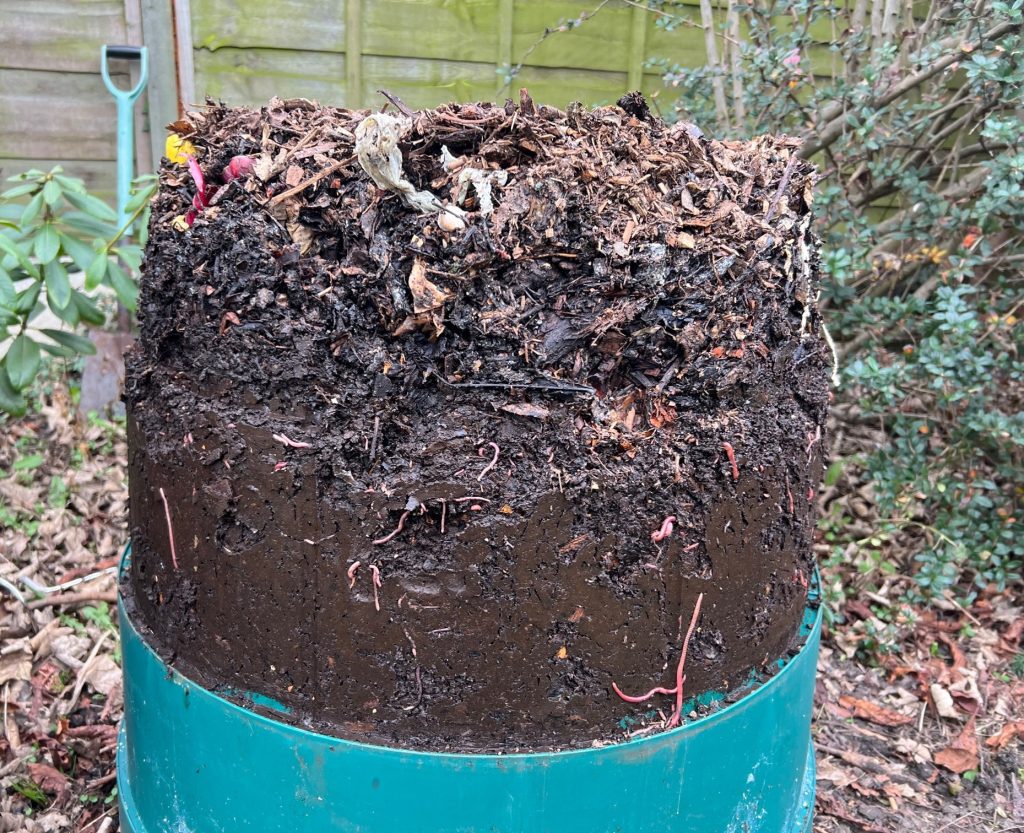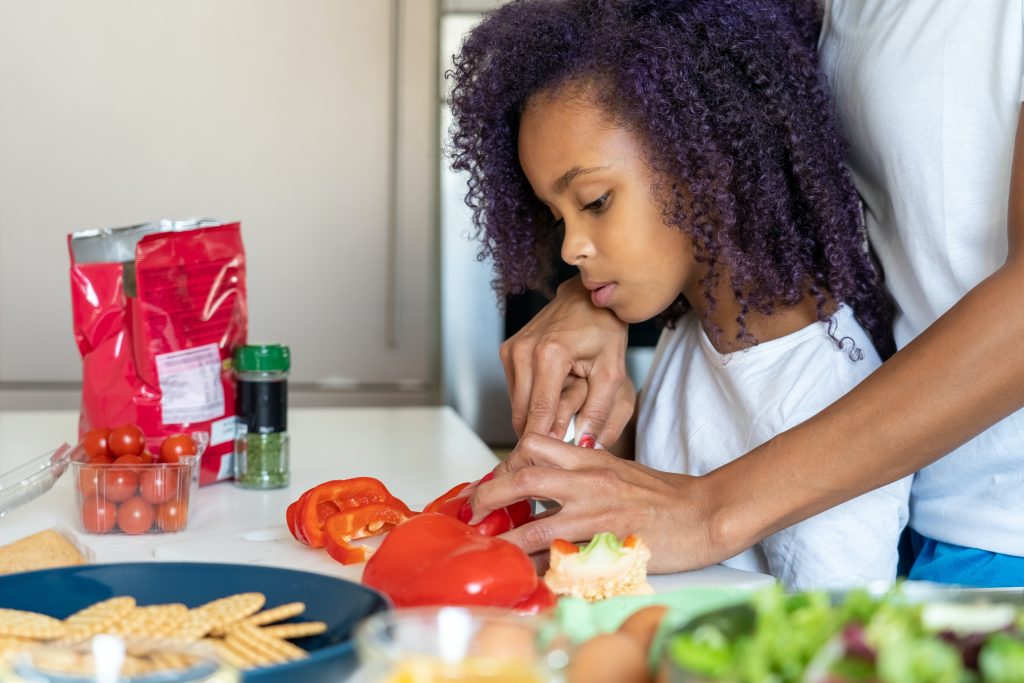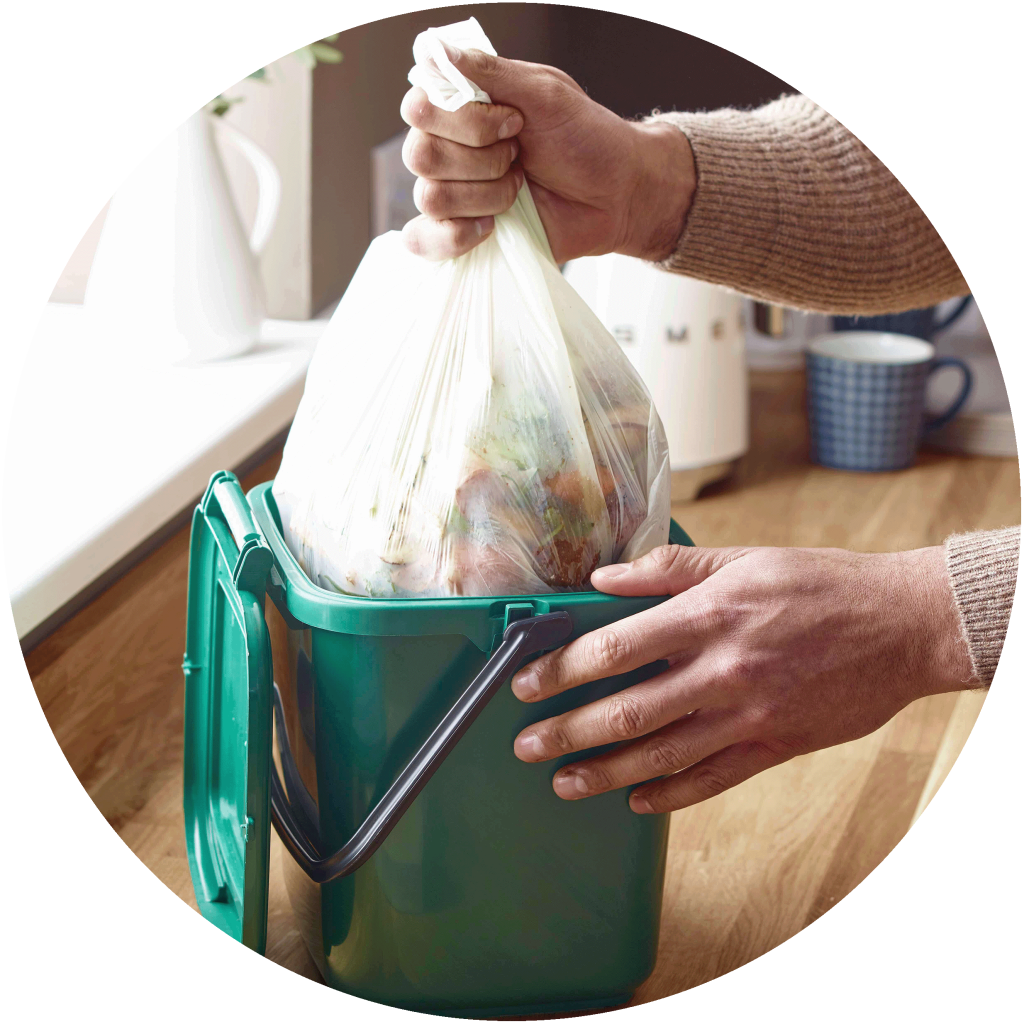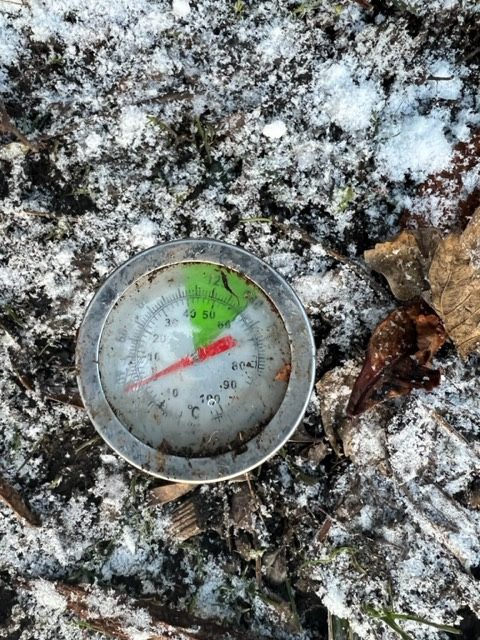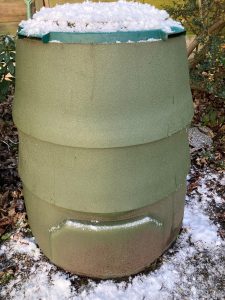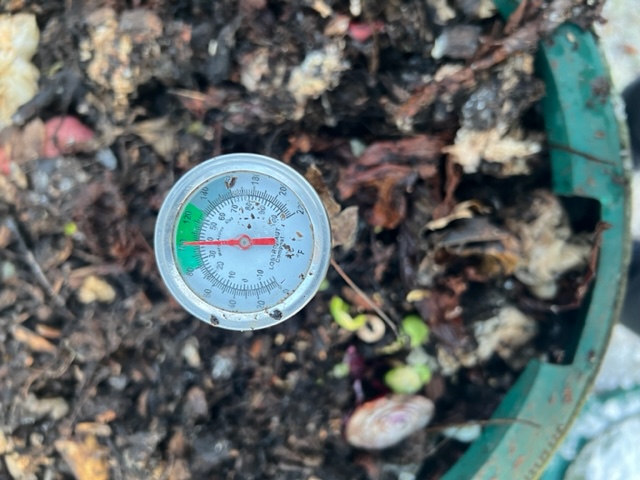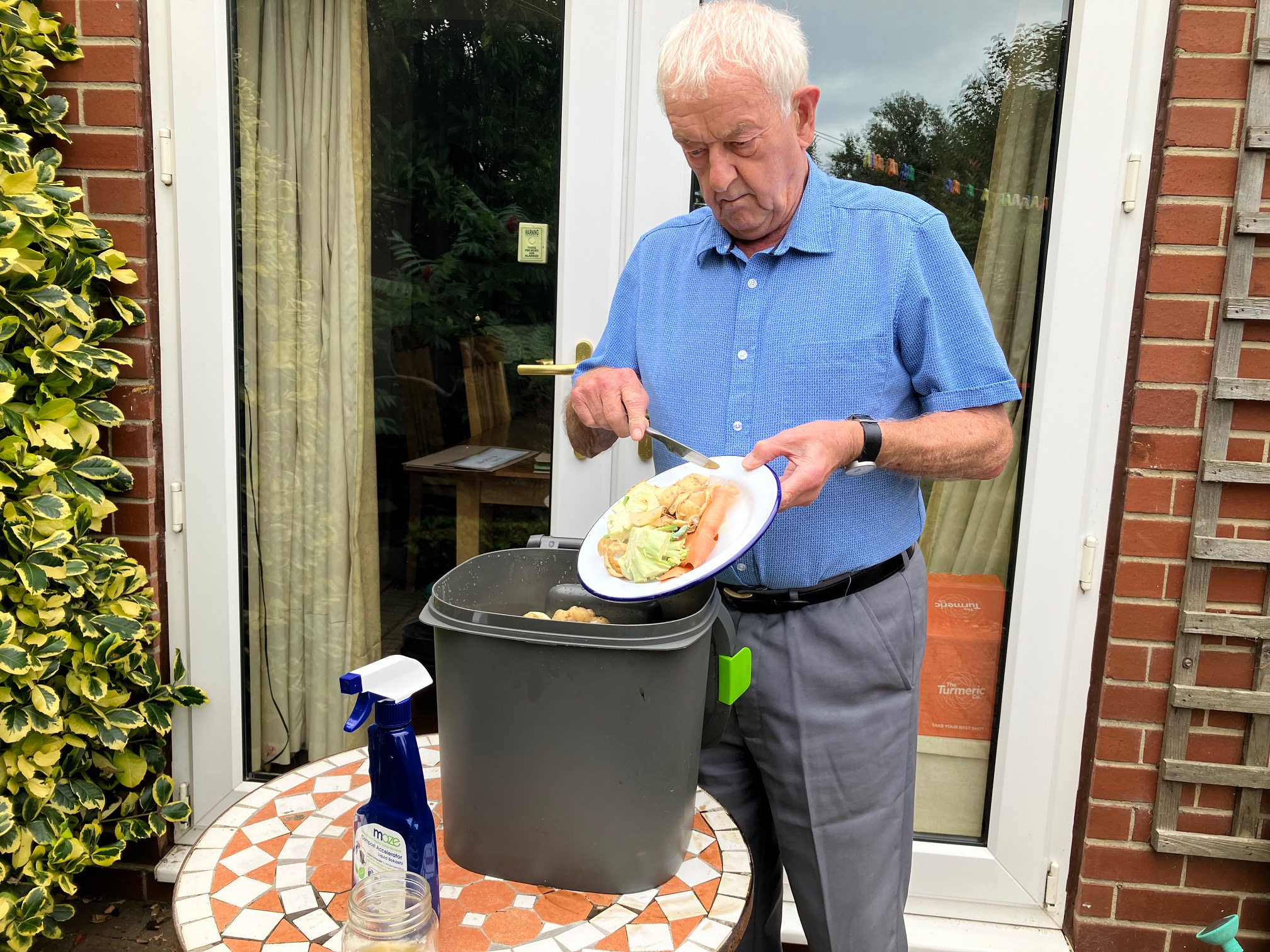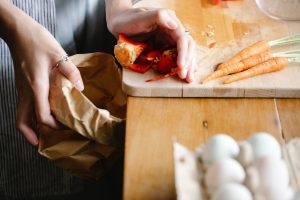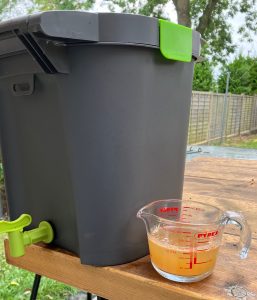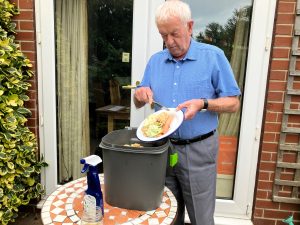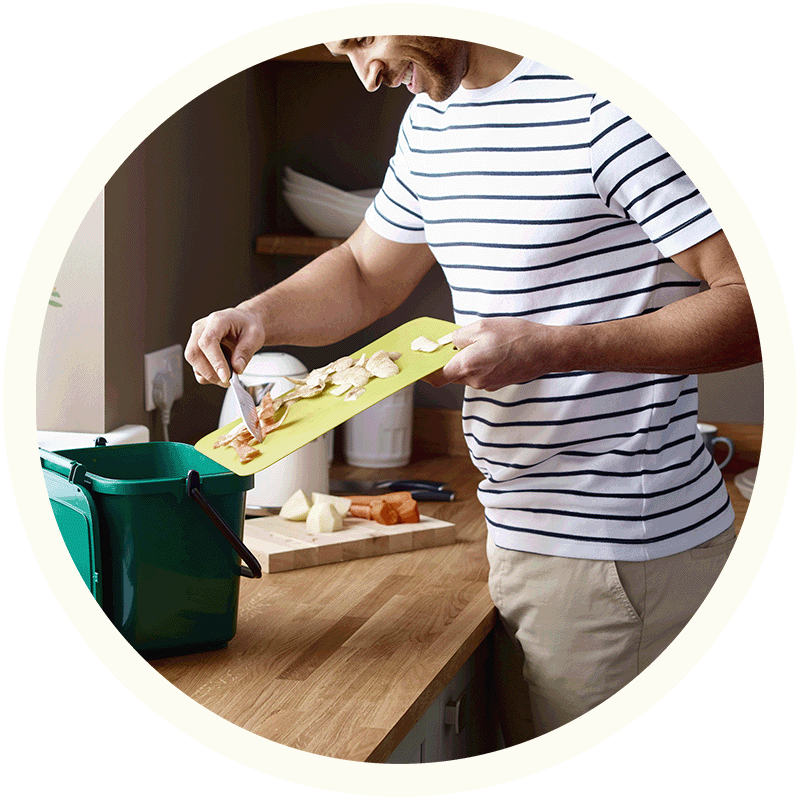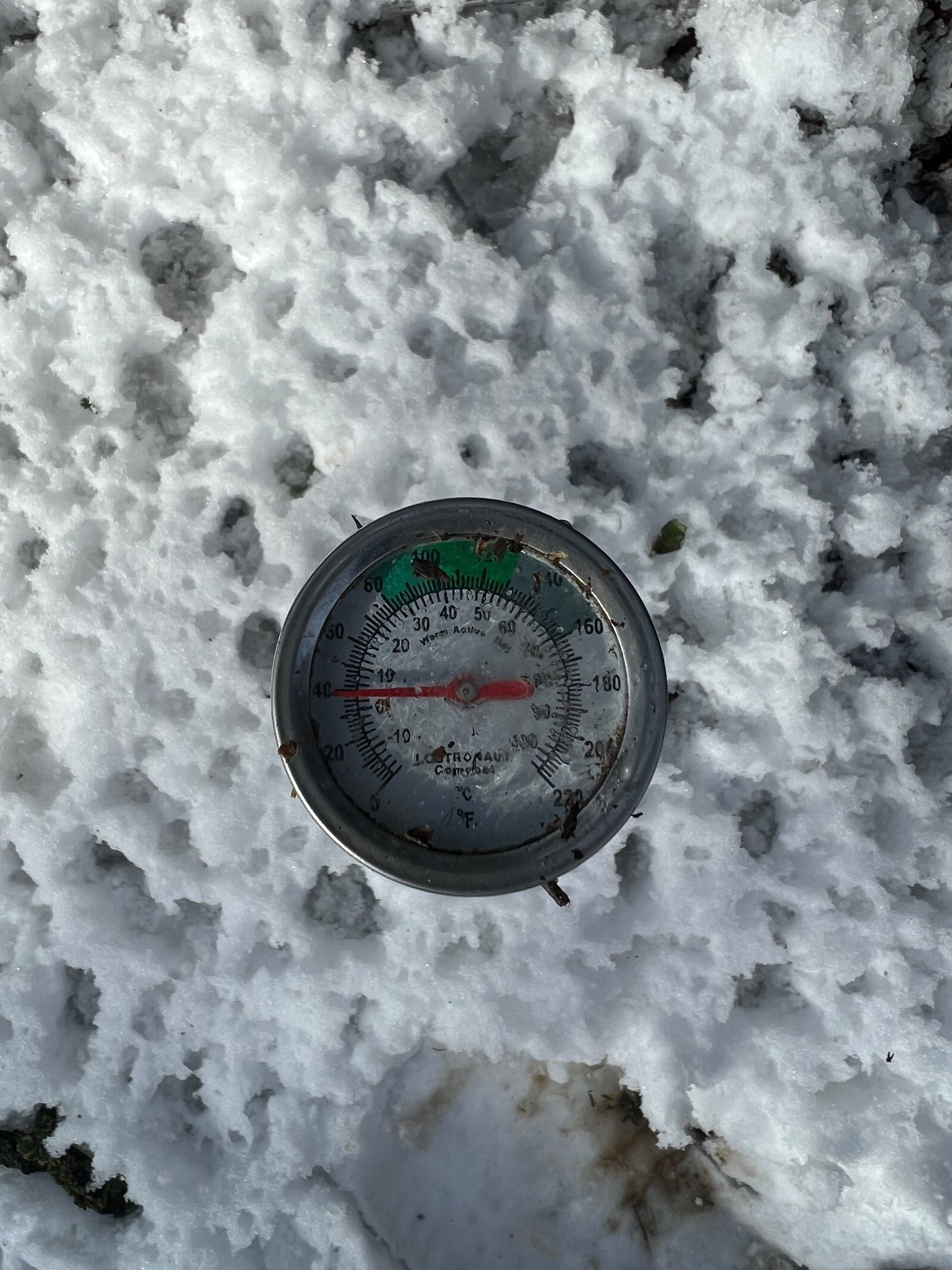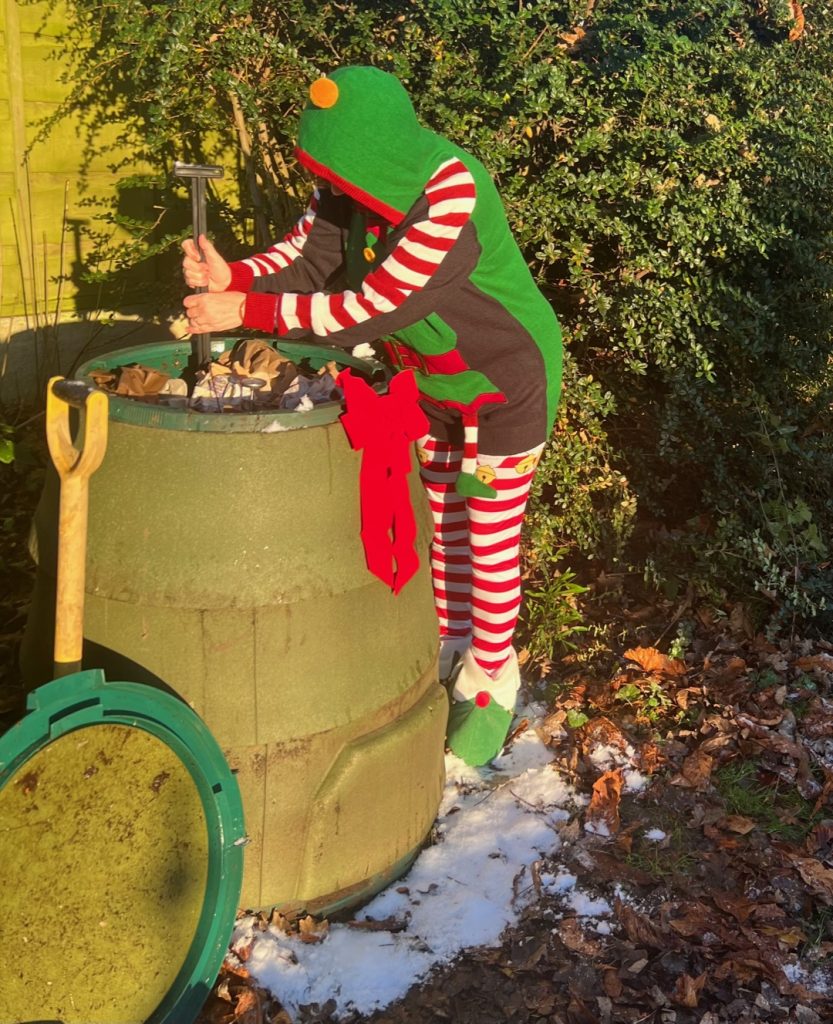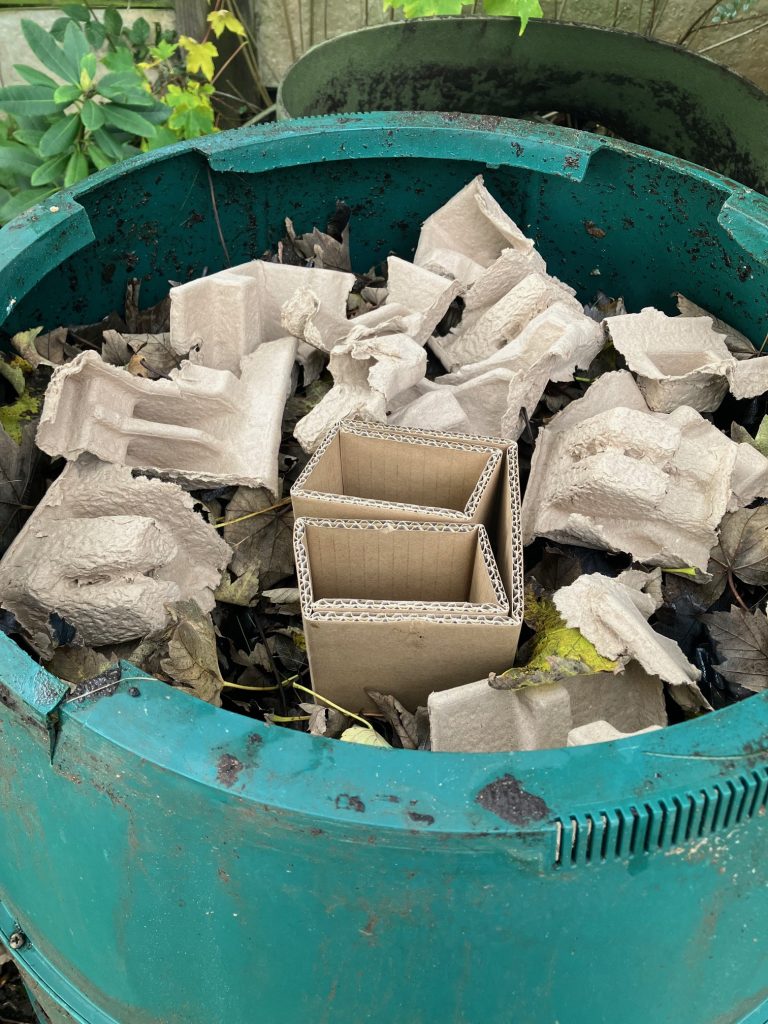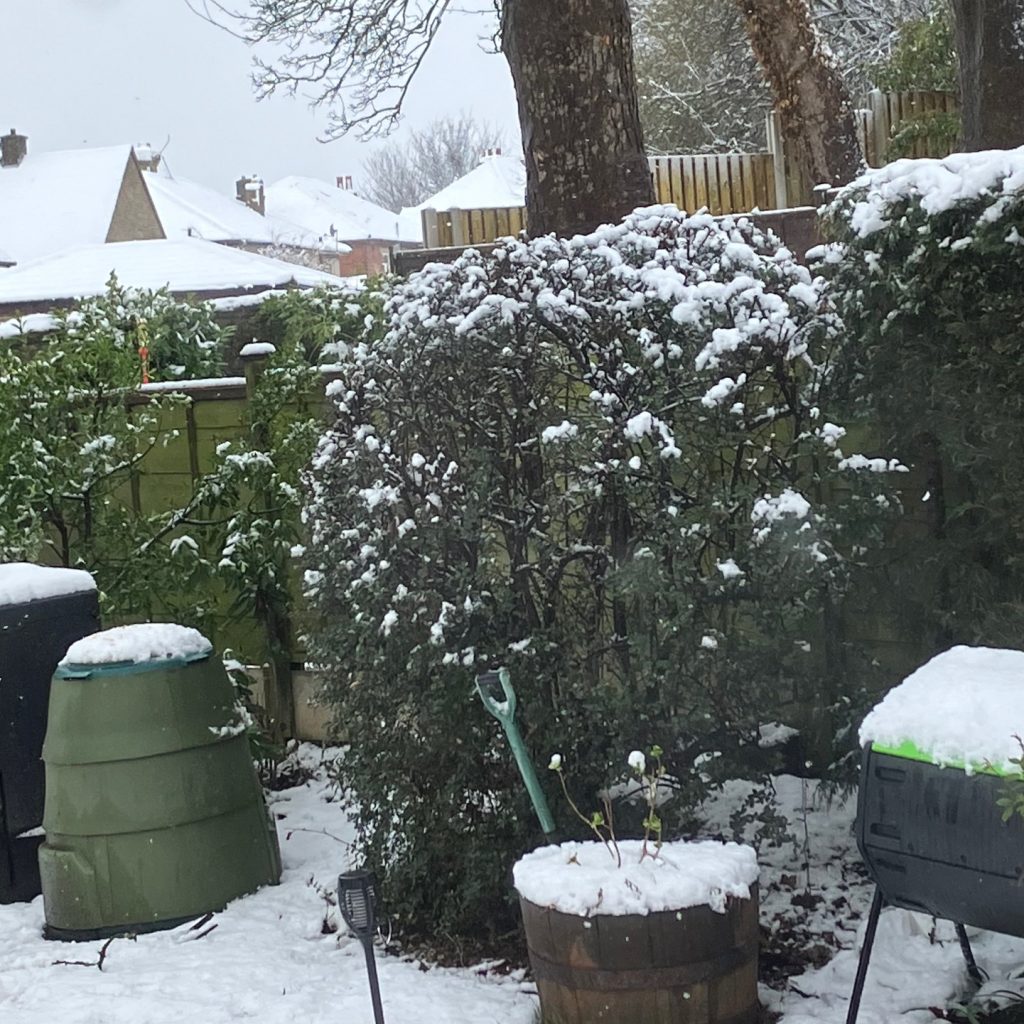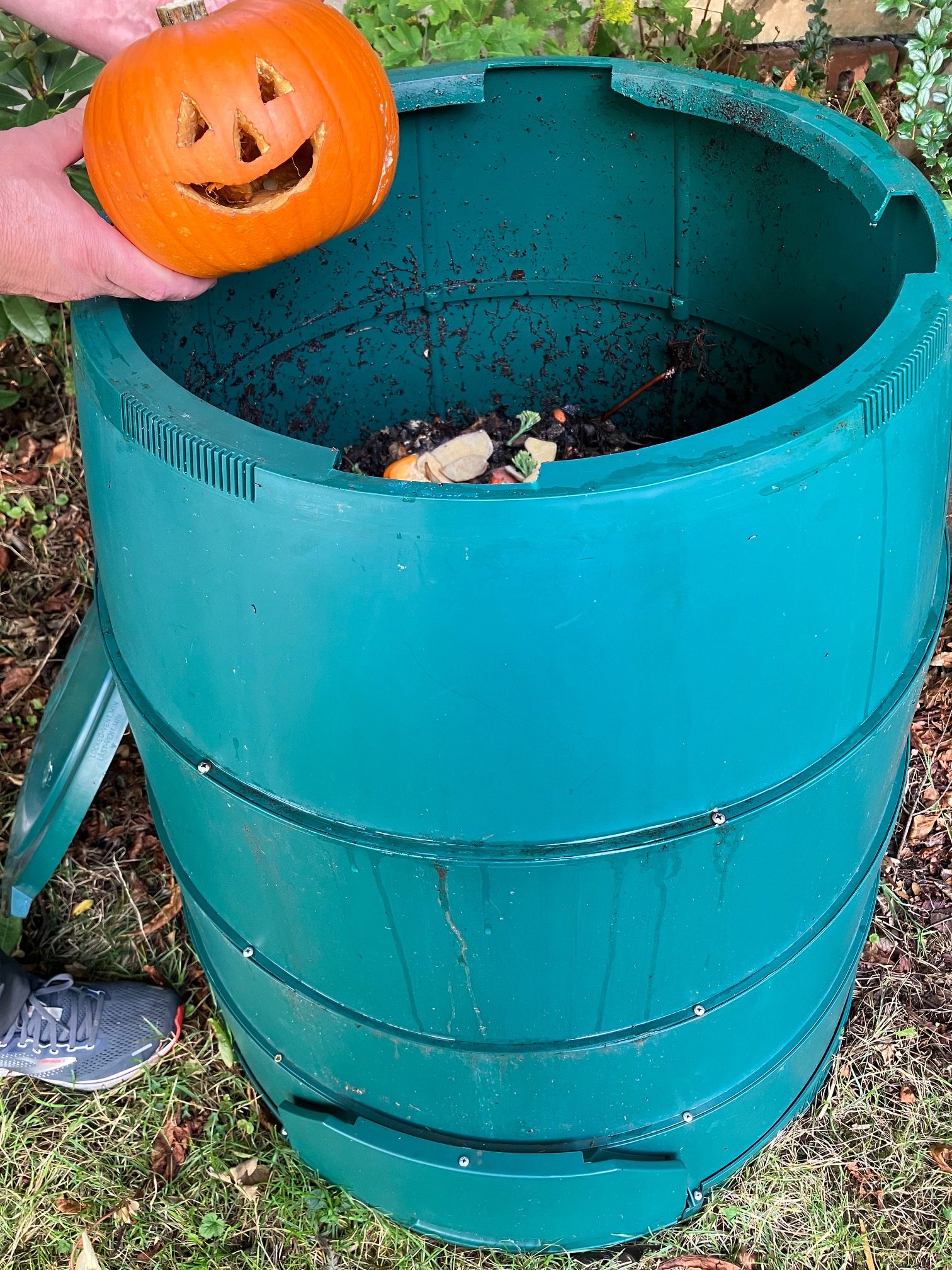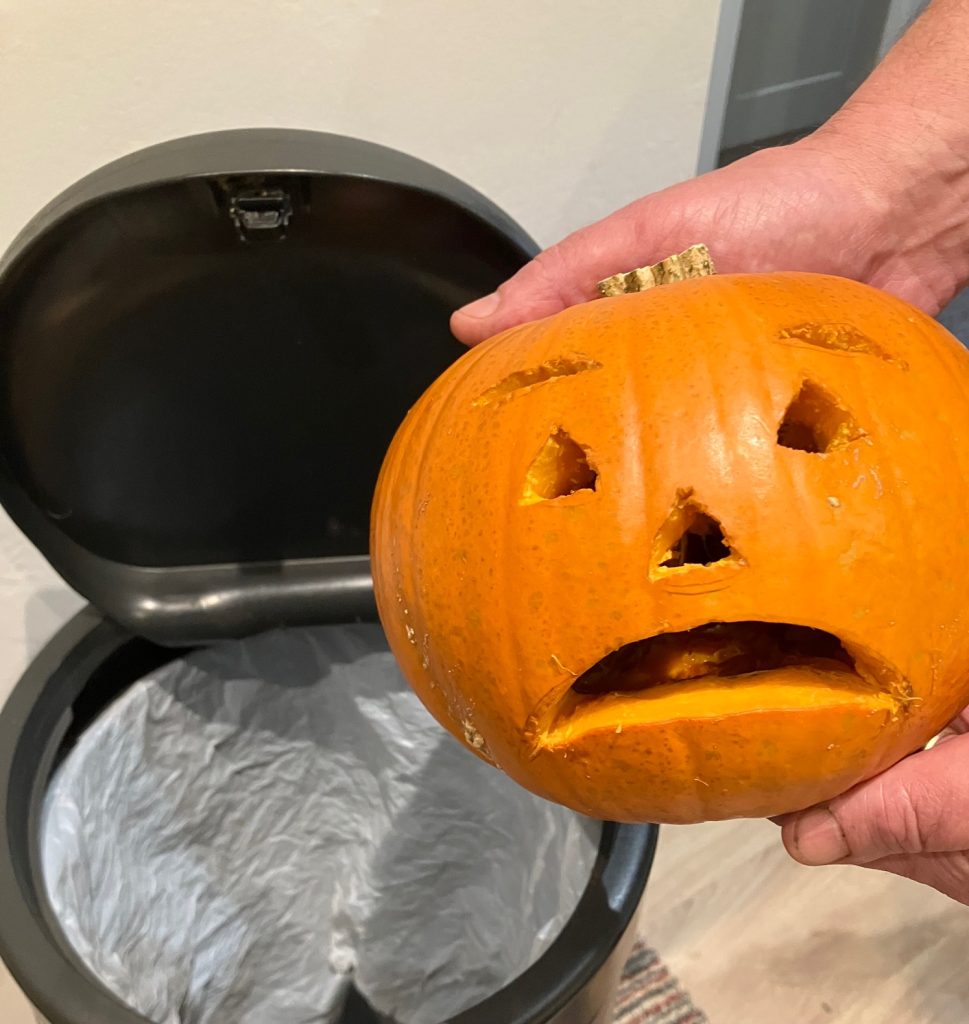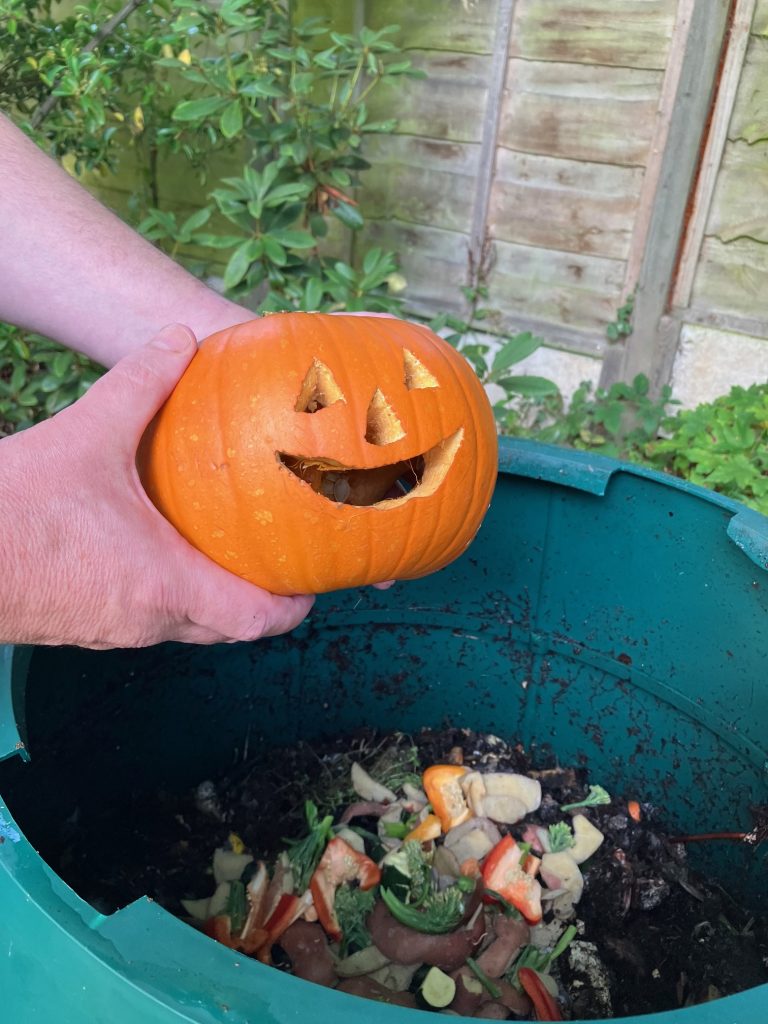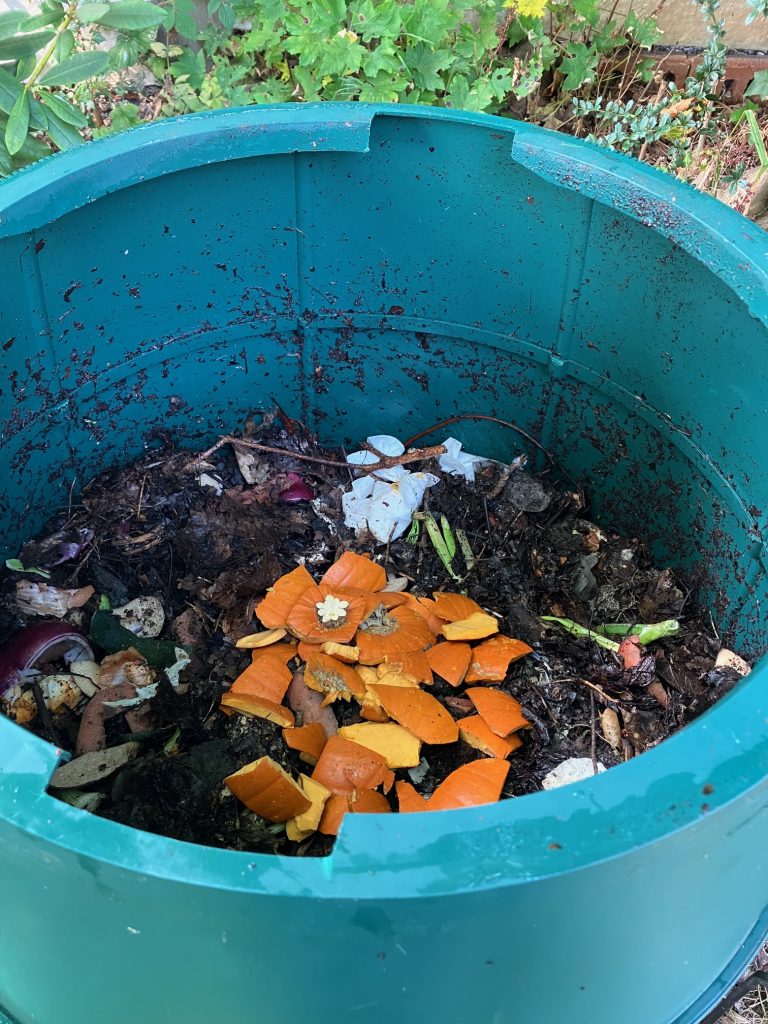Not very long ago the notion of wasting food was unheard of.
Let’s imagine the UK a hundred years ago – how much food would you think the average family was throwing away in the 1920s? Not so much, probably.
Yet recent research on food waste shows that:
- 70 per cent of food waste in the UK happens at home.
- 85 per cent of people say their food bills have increased yet they are still wasting food.
- Twenty per cent of people questioned said they struggled to know where to find a recipe for their leftovers.
Food waste is in focus during Food Waste Action Week (March 18-24) with more grim statistics but also advice on how to cut waste at home.
How did it come to this?
My grandmother was born in 1901. The poverty of her life was evident in the form of rickets – the result of childhood malnutrition. My mother, a war baby, also grew up in poverty and was no stranger to hunger. Lack of money meant making meals out of anything and wasting nothing.
Fast forward to my childhood in the 60s and 70s, which, thankfully, never featured hunger. Meals were simple homemade British dishes that women had learnt in the home as they were growing up. These dishes didn’t involve recipe books or ingredients you might struggle to buy, such as liquid glucose or star anise. Stews and pies were staples, with little red meat. Egg and chips were a perfectly acceptable meal.

Somehow over the last 50 years many of us lost touch with the kind of resourceful home cooking that had been handed down over generations. What happened?
Perhaps under the influence of TV (and advertising) we started to feel that shepherd’s pie wasn’t good enough and we should be serving something more sophisticated and aspirational, something that mum and gran had never cooked?
At some stage it seems we all bought into the idea that foreign was better. Now, I love Indian and Italian food as much as the next person but that does not mean that stew and dumplings are inferior. I remember my auntie, in her eighties, telling me there was something she had always wanted to try. Her tone suggested something daring, and I was mentally preparing a risk assessment to take her white water rafting or bungee jumping, until she said shyly, ‘Pasta’. She was one of the best cooks I’ve ever known, but somehow she felt this Italian substance was exotic and out of her league.
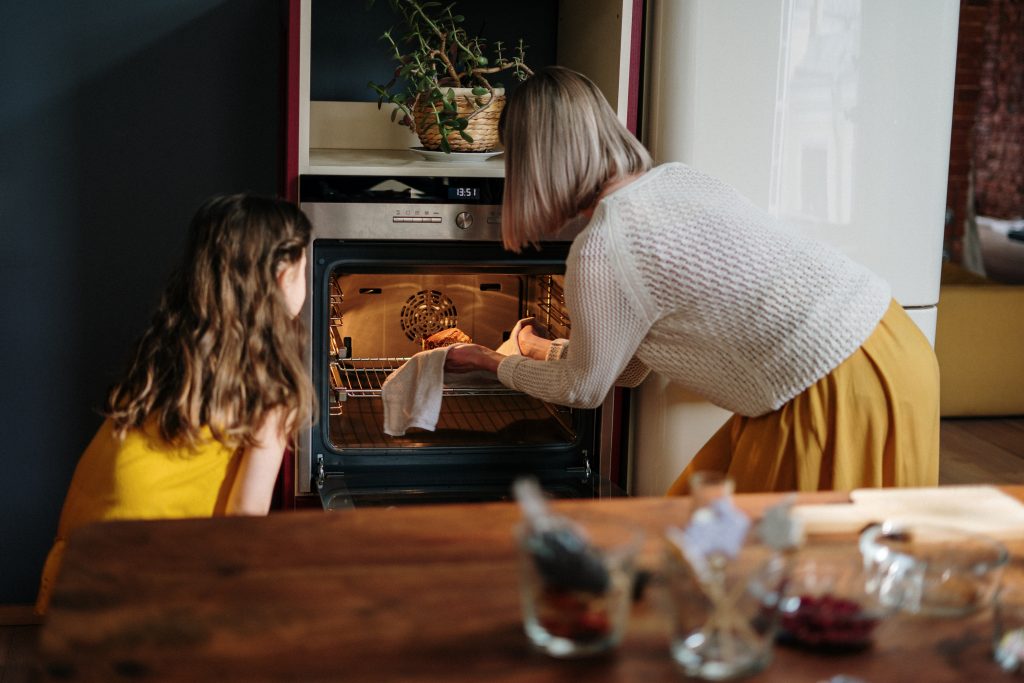
My mother always loved cooking and learnt from her own mother to use up every scrap of food. Today we would think these women were great role models; they’d be designing food waste reduction apps for multi-national companies.
If I’d had any sense, I would have learned a lot from her. Unfortunately, I was a bolshy know-all teenager (is there any other kind?) taken in by the educational rebranding of cookery in the 70s and 80s as Domestic Science. As a science it was something you could get wrong and fail. I thought my mum couldn’t possibly know as much as the teachers. Sure, what my mum made tasted good, but it was just basic low-level cooking that kept people alive, whereas this was an O-level.
Part of our task in Domestic Science was to balance colour and texture. You would be given a scenario to cook a menu for and you’d be marked down if there was too much of one colour or texture.
My mum took a keen interest and would make her own menu suggestions, and I would roll my eyes and inform her that, No, obviously you couldn’t have apple pie as a dessert because you’d already had pastry in chicken pie for the main. Obviously you couldn’t have two lots of pastry – it’s the same colour and texture.
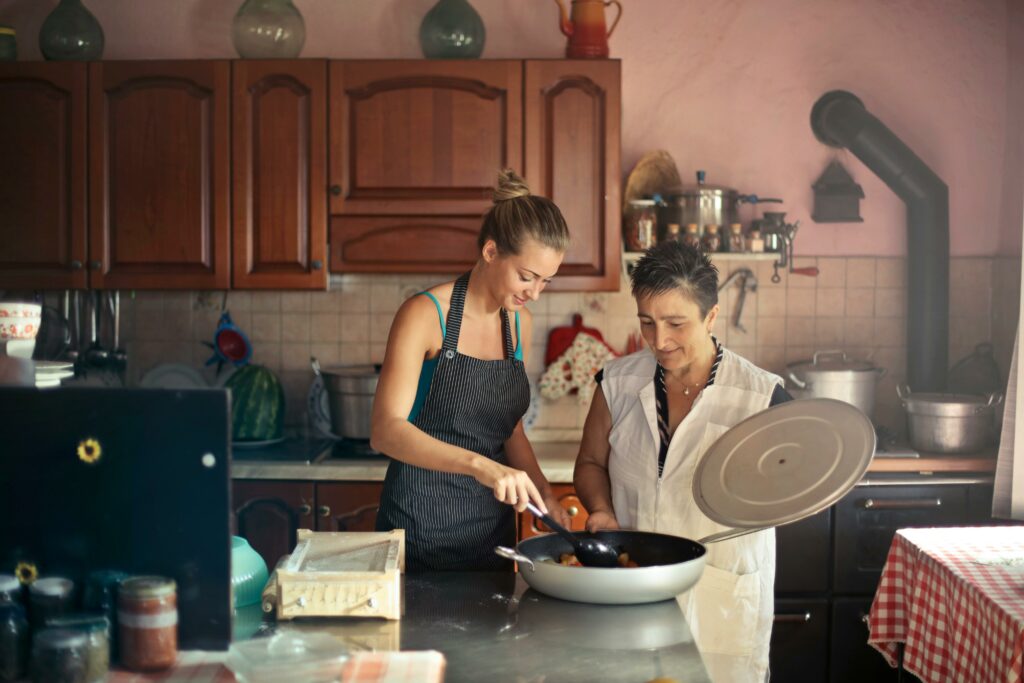
My mother would argue that it made sense to use up the pastry remains from the chicken pie as a topping for the dessert and to also cook it at the same time while you’d got the oven on. That would mean no waste and less expense. And I would retort, Fine and if I do that I’ll fail! And my mother would shake her head in disbelief as if the world had gone to hell in a handcart.
(At this point I would like to add that in 20 years of child-rearing, at no time did any child complain that a meal was too brown or too crumbly.)
My mother was a working mother, but in those days there was no school run (children walked with other children) no after-school activities and no parents’ evenings/school meetings to erode parents’ time. The pace of life now means we don’t plan meals, even though just 10 minutes a week doing this would save time and money in the long run.

But how to choose what to make? For decades we’ve been overwhelmed by thousands of recipes from celebrity chefs using ingredients you had to buy in specially. In many cases this leads to one-attempt meals, leaving ingredients never to be used again.
Somewhere along the way we became so comfortable with wasting food that one third of all food that is produced for human consumption globally is lost or wasted, contributing as much as 10 per cent of global greenhouse gas emissions.
Why do we waste so much?
One problem is lack of knowledge of the damage that food waste does to the environment. Research shows that only 30 per cent of people understand the harm caused to the planet. First there is the cost in terms of production and transport, then there is the cost in terms of waste.
Food waste has typically been incinerated or buried in landfill along with residual waste and left to rot anaerobically, contributing to greenhouse gas emissions. Food waste is still disposed of this way in almost 50 per cent of councils in England who have yet to implement separate food waste collections. This means that currently in the UK, millions of tonnes of food waste still go into landfill. For every tonne of that, there are over 600kg of carbon equivalent emissions, such as methane and nitrous oxide. The home composting of organic waste avoids this fate, of course, which is why so many people choose to do it.
I know that I’ve not been organised enough in the past. Now that I’m more aware, I can’t bear to throw any scrap of food away, even though all our food waste is composted in the Green Johanna or Compost Tumbler.
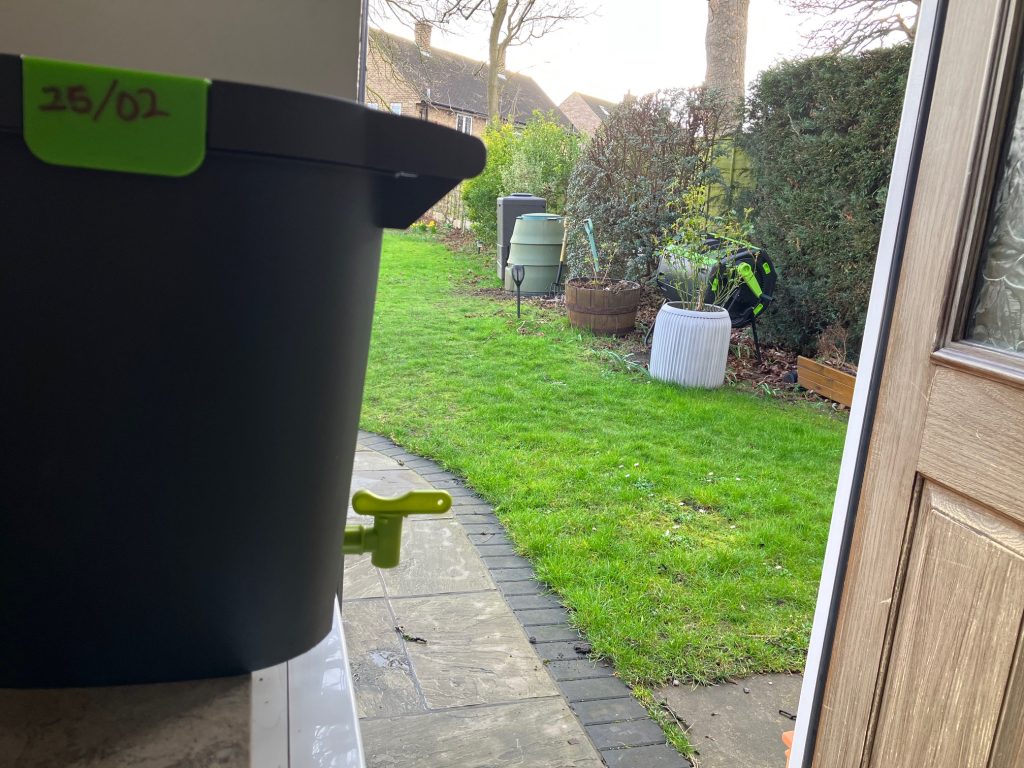
Unavoidable food waste goes in the bokashi bin and composters
The internet is of course a treasure trove of tips and recipes – you can learn a huge amount from eco-influencers. If you saw Jen Gale on The One Show (along with her Green Johanna compost bin), like me you may have been impressed on seeing that her fridge contains little notes telling the family which items need using up first.
Easy wins to waste less are:
- Plan menus for the week
- Save leftovers and use apps (such as Kitche) for flexible recipes
- Batch cook and freeze some for later.
- See the Love Food Hate Waste website for more ideas Love Food Hate Waste | Food Waste prevention
And yes, before you ask, I am finally listening to my mum.
Julie
